WHMIS AND MIXTURES
1/18
There's no tags or description
Looks like no tags are added yet.
Name | Mastery | Learn | Test | Matching | Spaced |
|---|
No study sessions yet.
19 Terms
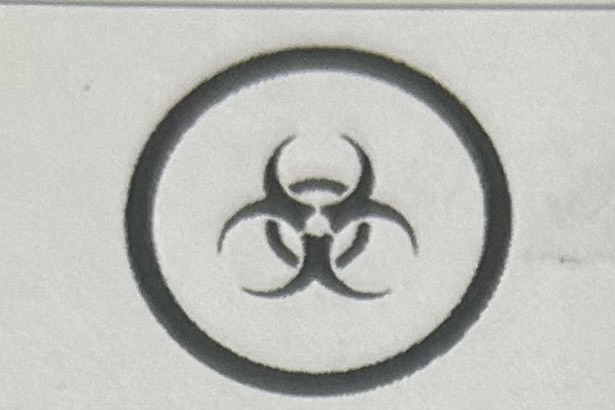
Biohazardous - Causes infection to humans and animals through living things (bacteria)
Ex. Blood, bodily fluids
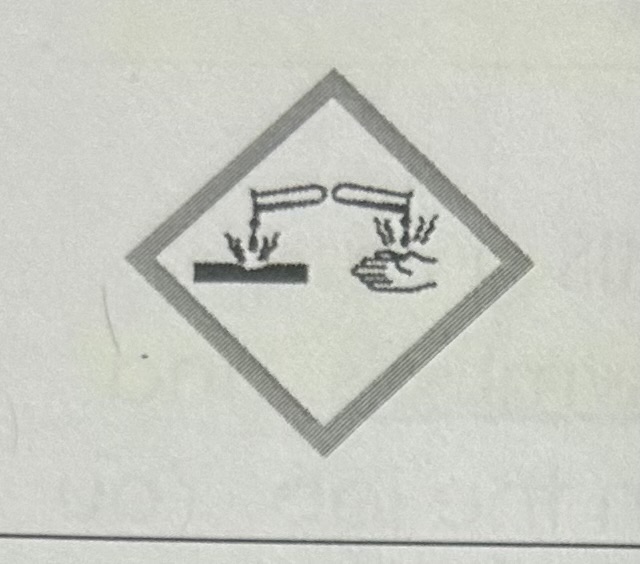
Corrosive Material - Can eat through skin or corrode metal.
Ex. Battery Acids (Sulfuric Acid)
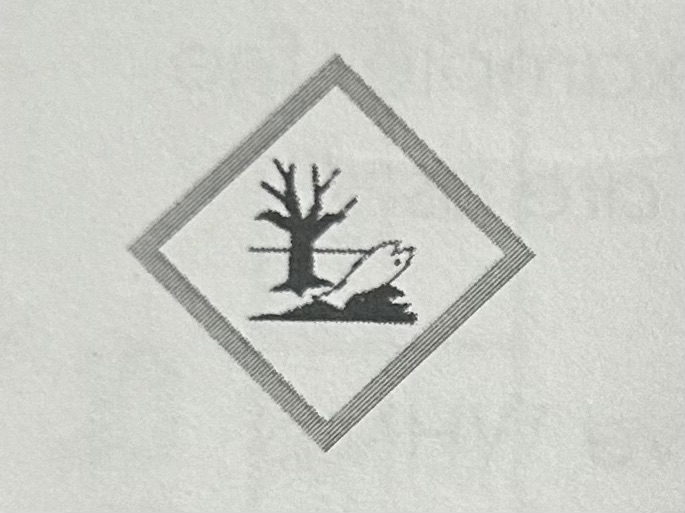
Environmental - Harm to the environment.
Ex. Pesticides, Degreasers, Industrial Cleaners.

Toxic - May cause disease or permanent damage if exposed repeatedly.
ex. acetone or epoxy gloves.
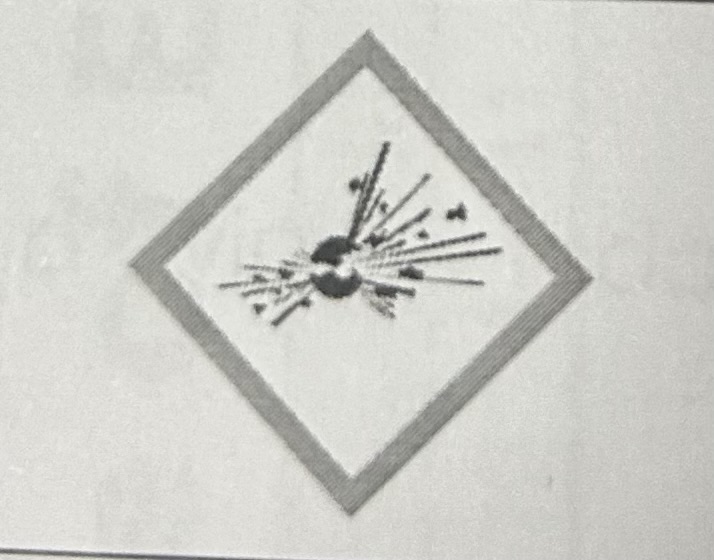
Dangerously Reactive - Poses as a severe fire or explosion hazard.
ex. Isopropyl nitrate.
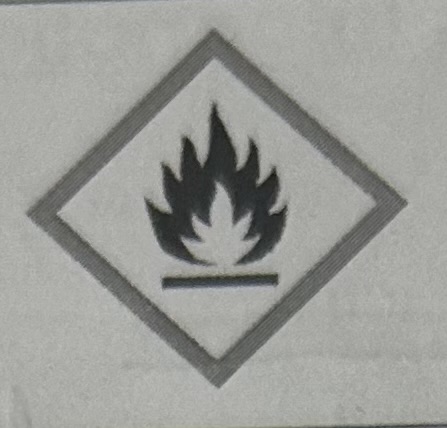
Flammable - Potential fire hazard, keep it away from heat sources.
ex. Propane, acetone, alcohol
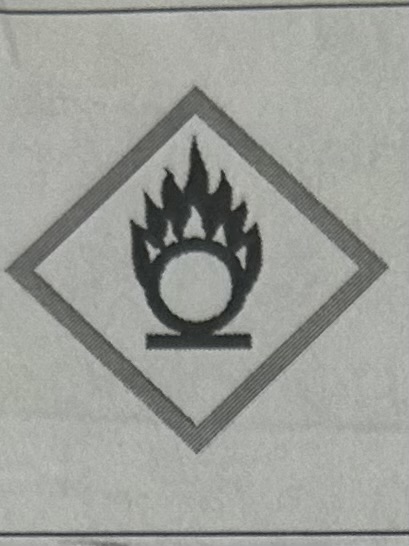
Oxidizing Material - Releases oxygen. Fire or explosion risk if near flammable materials.
ex. Hydrogen Poroxide
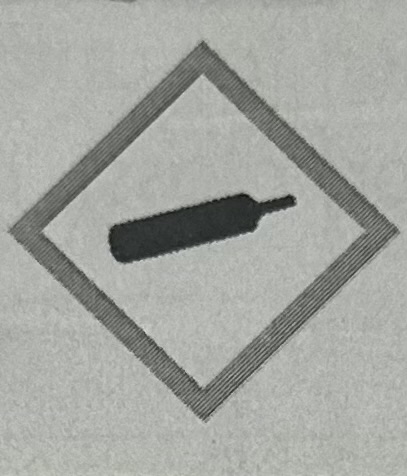
Compressed Gas - Gas under pressure, heat or impact may cause it to explode.
ex. fire extinguishers, oxygen
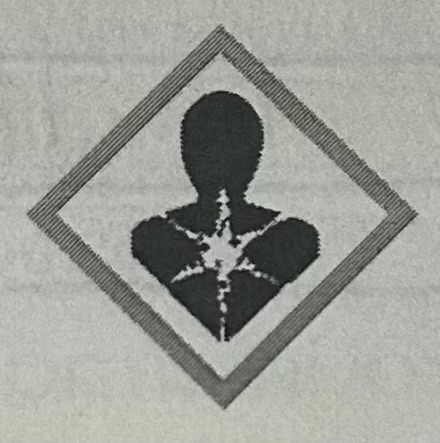
Health Hazard - May result in long-term health effects (cancer, reproductions issues, etc).
ex. lead point, abestos

Poisonous - Can cause immediate death or poisoning. Fatal.\
ex. Carbon Monoxide
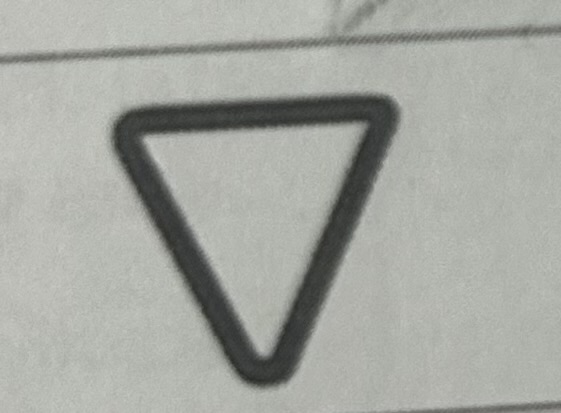
Triangle (Inverted)
Looks like the yield sign, means that the container is dangerous.
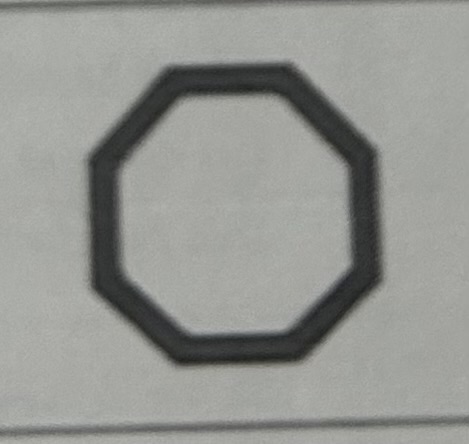
Octagon (eight sides)
Looks like the stop sign, means that the contents inside the container are dangerous (product).
What products would not have a WHMIS label?
Hazardous Household Products such as, cosmetics (hairspray), pesticides, and other household products like oven cleaners.
Gas to Solid and Solid to Gas
Deposition and Sublimation
Liquid to Gas and Gas to Liquid
Evaporation and Condensation
Liquid to Solid and Solid to Liquid
Freezing (Solidification) and Melting
Tell me about Matter
Matter is anything that has mass and volume.
Mass: The amount of substance of an object
Volume: A measure of how much space an object occupies.
More mass = more matter
If not Matter, then it’s Energy